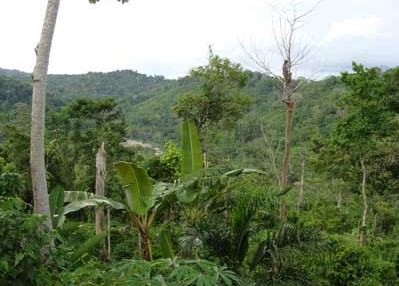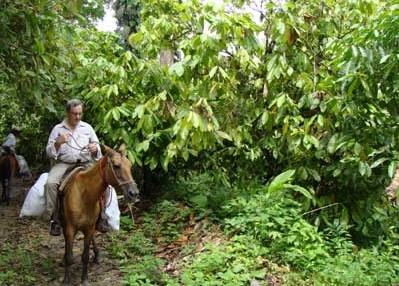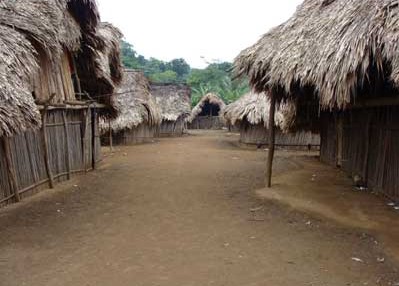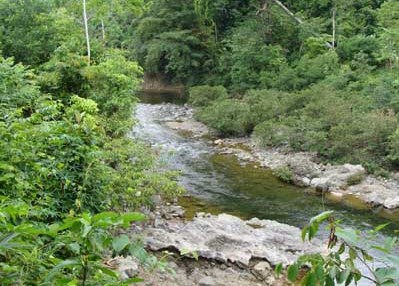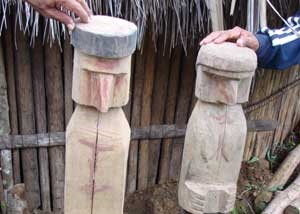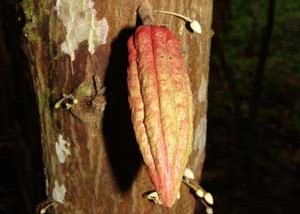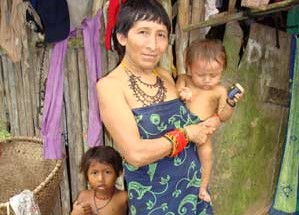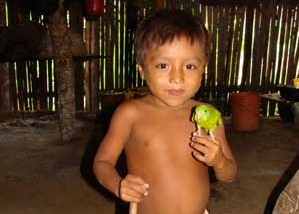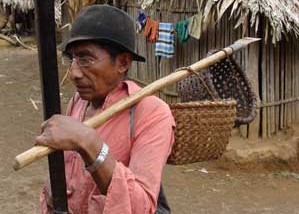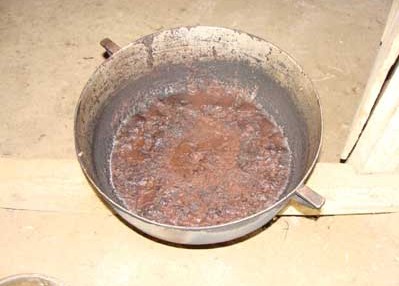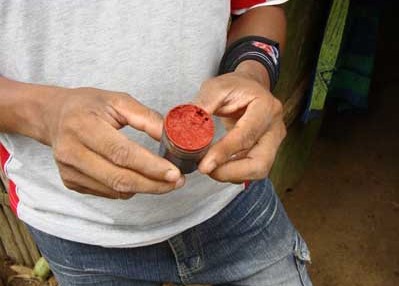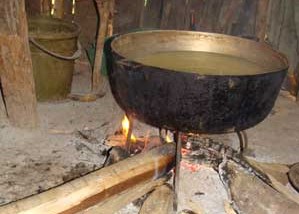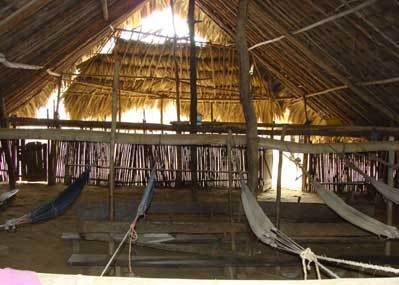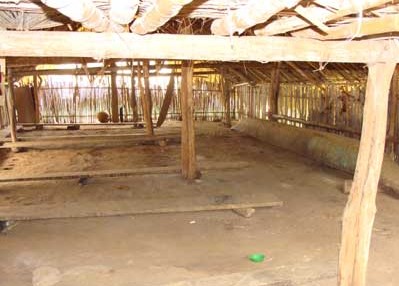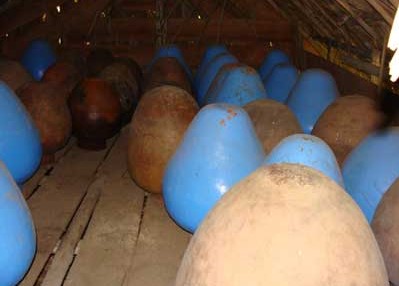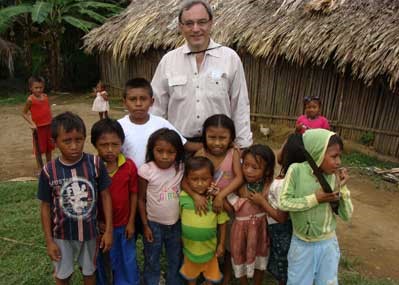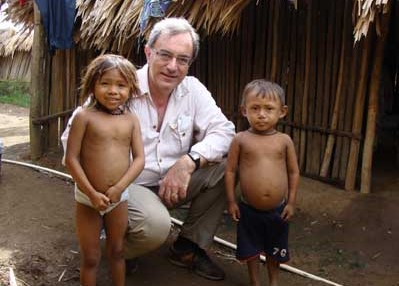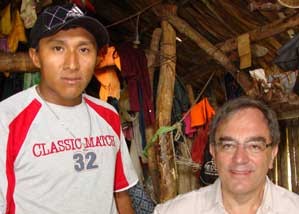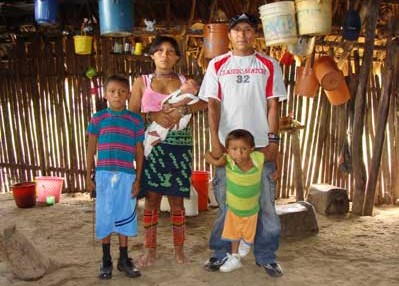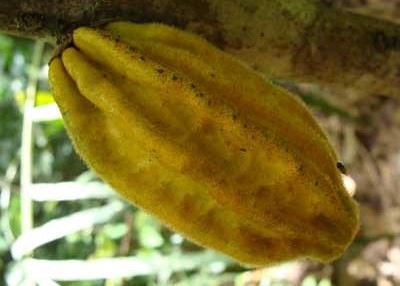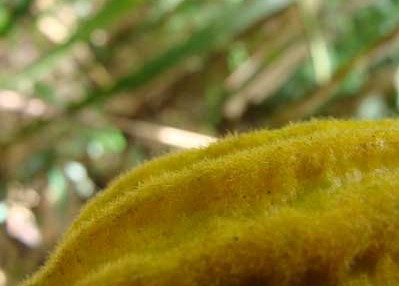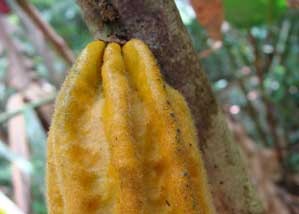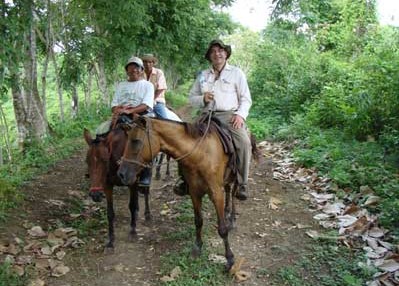Panama
The country of Panama spreads over 75,000 km2 between Costa Rica and Colombia and is worth getting to know for more than the Panama Canal.
This is a country where the tourist can enjoy aquatic activities during his stay.
But above all Panama is exemplary for the way in which it accords rights to the local Indian populations
There are 5 “comarcas” that are recognised by law:
- 1. Kuna Yala, the oldest that was founded in 1938
- 2. Embera de Darien, Kuna de Madungandi
Ngöbe – Buglé and Kuna de Wargandi, the most recent in 2000.
Moreover, three more applications for “comarcas” are currently in the pipeline: Naso Tjërdi, Bribri and Dagargunyala.
A “comarca” is an area of land that is attributed to a group of Indians where they can live on their own territory and maintain their cultural identity, their way of life and their social structure.
There are also 24 Embera and Wounaan territories that are part of a collective right to land owning in addition to the established “comarcas”.
We visited the Kuna de Wargandi “comarca”.
The reason why we were specifically interested in the Kunas of Panama is that a study has shown that their way of life and their diet (vegetarian with lots of cocoa) bestows them with a perfect BMI and very low blood pressure.
The language of the Kunas is “duk gaya”.
The “comarca”covers 77,500 hectares of land.
It is governed by a “congreso general” and by “congresos locales”
The“caciques”are recognised as being the traditional authorities who represent the villages in their dealings with the public authorities.
The main function of the “congresos” is to reinforce, develop, conserve and protect the culture, traditions, language and the integrity of the inhabitants.
It is forbidden to exploit the forests intensively and so is all activity that can harm the biodiversity and the conservation of the natural resources of the region.
The Kuna have a very close relationship with the forest.
The “galu” is a sacred place, invisible to ordinary mortals, and can be found in the forest, at the bottom of the sea or underground. It takes the form of a large, fortified house inhabited by different spirits: good ones, bad ones, dead people and animals. They regulate nature, life and human conduct in harmony with the relationship established between man and the supernatural world.
As far as the Kuna are concerned, the forest is their supermarket, their chemist shop and their hardware shop.
The “sailas” or “sahilas” are the wise men, the scholars
The «absoged» sing songs for healing, they are the doctors
The “argarkan”work for the “sahila”
The «sualibegan» are the policemen.
In order to become “cacique”
- 1. You have to know the history and the traditions of the Kuna
- 2. You must be more than 45 years old
- 3. You must be born a Kuna
- 4. Never have committed a crime
- 5. Have lived for more than 5 years in the “comarca”
- 6. Have been presented by the community
- 7. Enjoy moral and social prestige within the community
- 8. Speak Kuna
- 9. Be able to speak in public.
Our politicians would do well to learn from them in this.
The “congreso local” is where the people assemble under the authority and guidance of the “sahila”. It has a social, religious, political and administrative character that handles the affairs of the community and invokes the gods.
At home with the KUNAS in Panama.
The Kunas are a local Indian population who today live in the San Blas islands and near to the rivers in the mountainous forest region of Kuna Wargandi.
It was the Spanish who first drove them from Colombia to Panama and then towards the islands and mountains of Panama, following this they were pushed on by the Embera Indians. Moreover, nowadays in the region where the Emberas live, there are quite a few villages with a Kuna name.
After driving three and a half hours by car from Panama City and then 4 hours on horseback, we finally reached the Kuna village at the bottom of a valley.
A group of houses made out of branches covered with roofs made of palm leaves.
We rapidly found ourselves in a complete change of scenery and totally immersed in a very rudimentary way of life, close to nature and marked by cocoa.
Both men and women are quite small. The women wear colourful traditional dress and several pieces of gold jewellery including a ring in their nose.
The women have the characteristic features of their race and are generally very pretty. Their hair is cut short.
Their diet is not very varied and can be qualified as vegetarian. Apart from a few chickens, there are no cows nor goats nor sheep and no horses either.
The Kuna walk a great deal and easily keep up with the pace of a horse.
They are not afraid of covering long distances.
Their meals consist of manioc, bananas, corn and cocoa.
The latter is obtained by collecting the cocoa pods on the trees that are planted between the banana trees, manioc and various others plants.
The cocoa beans are dried and roasted and mixed with water, and sometimes banana, to make a drink or they make food mixed with corn and banana.
Using techniques passed down by their ancestors, the Kuna separate the cocoa butter from the solids.
This forms a black lump in the pot which they then mix with their food.
Cocoa butter is mixed with the seeds of the “achiote” (or roucou) and used by the women to make-up their faces.
By mixing it with “mageb”, the green leaves of a shrub, they obtain a cream for treating spots.
These products are precious and the Kuna keep them in small, wooden casks which are locked and the women wear the key around their necks.
Cocoa is also used during their celebrations and sacred rites.
To celebrate births, marriages and deaths, cocoa is burnt and the smoke sent up to the spirits. Cocoa is also drunk on these occasions.
One special ceremony is that which takes place when girls reach puberty. This is when they are ready for marriage. Their hair is cut short and a feast is organised.
When someone is sick, contact is made with the gods and spirits by burning cocoa beans.
We saw large and small statues carved out of wood.
They are used by the “sahilas”, the scholars, the village priests during ceremonies.
It is also they who can be found lying in hammocks in the centre of the large house that is reserved for the “congreso”.
The visitors sit on benches near them as well as the “voceros”.
The “voceros” are responsible for translating into common Kuna the songs of the “sahilas” who sing in their own language that is full of metaphors and which the ordinary Kuna cannot understand. The “sahila” teaches the Kuna. He is a moralist, his role can be likened to that of the village priest; he helps and informs the people. He decides when it is time to plant or to harvest.
The inhabitants of the village can come and sit all around, against the walls. This ceremony takes place in the “sala del congreso” every evening. The wise men teach the people and exercise justice.
There are bowls under the “voceros” containing cinders and cocoa, whose smoke gives off heat, keeping away the mosquitoes and imparting divine inspirations.
The Kuna shares with others. He must not become rich on earth. It is in life after death, in heaven, that he will enjoy his rewards.
